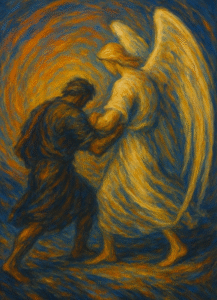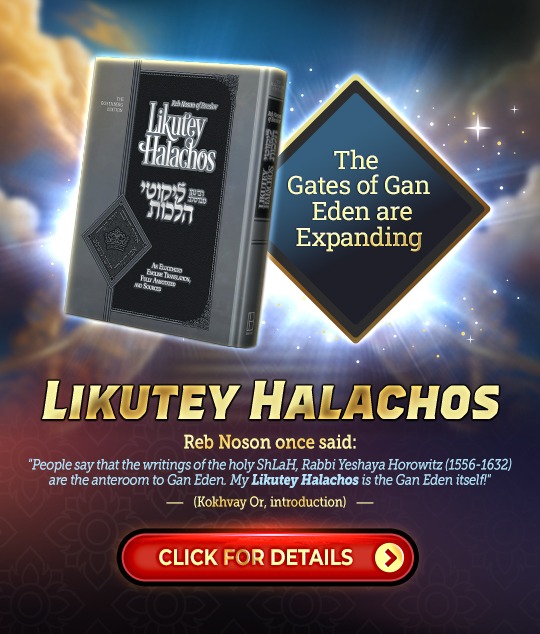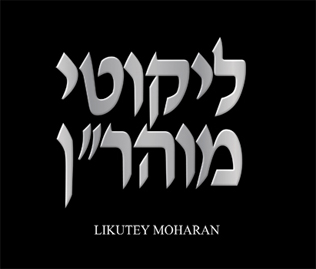- Joy ⬦ Read ⬦ Redemption ⬦ Shabbat ⬦ Weekly Torah Portion
The 5 Hidden Vessels
Five Holy Items Hidden Since the First Temple
Citing both Midrash Rabbah (15:10) and Midrash Tanchuma (section 6), the sages reveal that five sacred items were hidden away before the destruction of the First Temple:
- The Aron – The Holy Ark, containing the Luchot and the original Torah scroll of Moshe.
- The Menorah – Not replicated in the Second Temple; the original was hidden.
- The Heavenly Fire – A flame that descended from Heaven onto the altar since the days of Shlomo HaMelech.
- Ruach HaKodesh – Divine prophetic spirit, which ended with Chaggai, Zechariah, and Malachi.
- The Kruvim – The angelic figures atop the kaporet of the Aron.
The Second Temple, despite its grandeur, lacked these five essential spiritual elements. They were hidden in anticipation of a higher, future revelation.
Five Expressions of Joy and the Redemption
The Midrash connects these five lost items with five expressions of joy found in Yeshayahu (35:1–2), a prophecy describing the redemption:
- Yasisu – “They shall rejoice”
- Tagel – “It will rejoice”
- Tagel (a second time) – “It will rejoice”
- Gilat – “Joy”
- Ranen – “Singing”
These words are not poetic redundancies. They mirror the five spiritual lights concealed after the First Temple’s fall, promising their eventual return in the era of the Third Temple.
Each term represents not just joy, but a restoration of a Divine connection once lost. The Menorah, representing light and clarity; the Aron, representing Torah; the Heavenly Fire, symbolizing passion in avodah; Ruach HaKodesh, for prophecy and Divine intuition; and the Kruvim, for Hashem’s love. These will once again illuminate Yerushalayim, not just physically but spiritually.
The Five Expressions of Joy and Their Hidden Roots
Rebbe Nachman—together with Reb Noson’s commentary in Likutey Halachot—outlines five pathways to achieving true joy:
- Telling jokes and acting silly – Superficial joy that eventually leads to genuine inner joy.
- Singing, dancing, and clapping – Joy expressed through physical movement and music.
- Finding your good points – Looking beyond self-criticism to uncover hidden inner worth.
- Thanking Hashem – Expressing gratitude for all good, both internal and external.
- Looking to the future – Drawing joy from faith in the ultimate redemption and justice.
These five modes of accessing simchah mirror the five items hidden after the destruction of the First Temple, as taught in the Midrash. Each hidden item corresponds to a particular mode of joy.
By reviving these five expressions of simcha in our personal avodat Hashem, we help restore what was lost—and prepare the world for the final redemption.
Mapping the Hidden Items to the Five Joys
- The Aron – Like the Torah hidden inside the Aron, a Jew’s good points are hidden within. They may not be immediately visible, but faith and effort can reveal them. Just as the Aron was not to be touched or opened, a person must approach his inner goodness with belief and humility.
- The Menorah – Symbolizing thanksgiving, the menorah radiated light just as gratitude radiates inner brightness. The verse Shemen u’ktoret yesamach lev—“Oil and incense gladden the heart”—ties directly to the light of the menorah and the joy it generates.
- The Heavenly Fire – Just as fire can appear chaotic and dangerous, silliness and jokes may seem foolish. Yet, like the holy fire that consumed offerings for Hashem, these external gestures can serve a sacred inner goal: unlocking genuine joy.
- Ruach HaKodesh – Divine inspiration is all about seeing the future. Prophetic visions of redemption give us strength and joy now, by reminding us that all pain and struggle are temporary and purposeful.
- The Kruvim – With wings and childlike forms, they represent music and dance. Rebbe Nachman explains that song and rhythm originate from between the Kruvim. Wings connote movement, joy, and expressive clapping—powerful vehicles for spiritual elevation.
Each of the five words of joy in the verses from Isaiah (yesisu, vetagel, vetagel, gilat, veranen) corresponds to one of the five lost items:
- Yesisu → the Aron (good points)
- First Vetagel → the Menorah (thanksgiving)
- Second Vetagel → the Heavenly Fire (silliness/jokes)
- Gilat → Ruach HaKodesh (joy of the future)
- Veranen → the Kruvim (singing and dancing)
Exile Is Sadness—Redemption Is Joy
Why were these five hidden after the First Temple? Because they represent joy, and exile is defined by its spiritual sadness. Rebbe Nachman teaches that the root of all exile is atzvut—sadness and depression. Antisemitism, hatred, and degradation aim not only to destroy the Jewish people physically, but to crush them emotionally. The Nazis understood this, stripping Jews of dignity and identity in their effort to dehumanize them.
But the Jewish response is not despair—it’s simcha. The opposing nations envy our joy because it reveals what they lack. A person who is truly happy doesn’t kill, torture, or destroy. Simcha leads to kindness, gratitude, and connection.
Since the Second Temple would also be destroyed, these five vessels of joy remained hidden. But they will return with the Third Temple, which will be eternal. Yerushalayim will expand, the Beit HaMikdash will be rebuilt, and all the Jewish people will return. These five items will once again radiate joy to the world.
Restoring Joy in Exile
Until then, our mission is to reawaken those five expressions of simcha within ourselves. Rebbe Nachman gave us the tools:
- The Aron – Believe in your inner goodness.
- The Menorah – Practice heartfelt gratitude.
- The Fire – Use humor and lightness to push through darkness.
- Ruach HaKodesh – Draw strength from the certainty of a joyous future.
- The Kruvim – Dance, sing, and move with joy like a child.
By reviving these five pathways in our personal avodat Hashem, we help restore what was lost—and prepare the world for the final redemption.
Shabbat Shalom.
Meir Elkabas
- 0 comment























